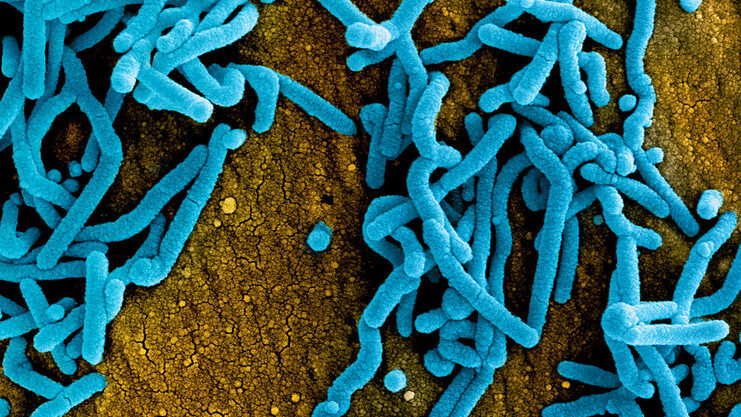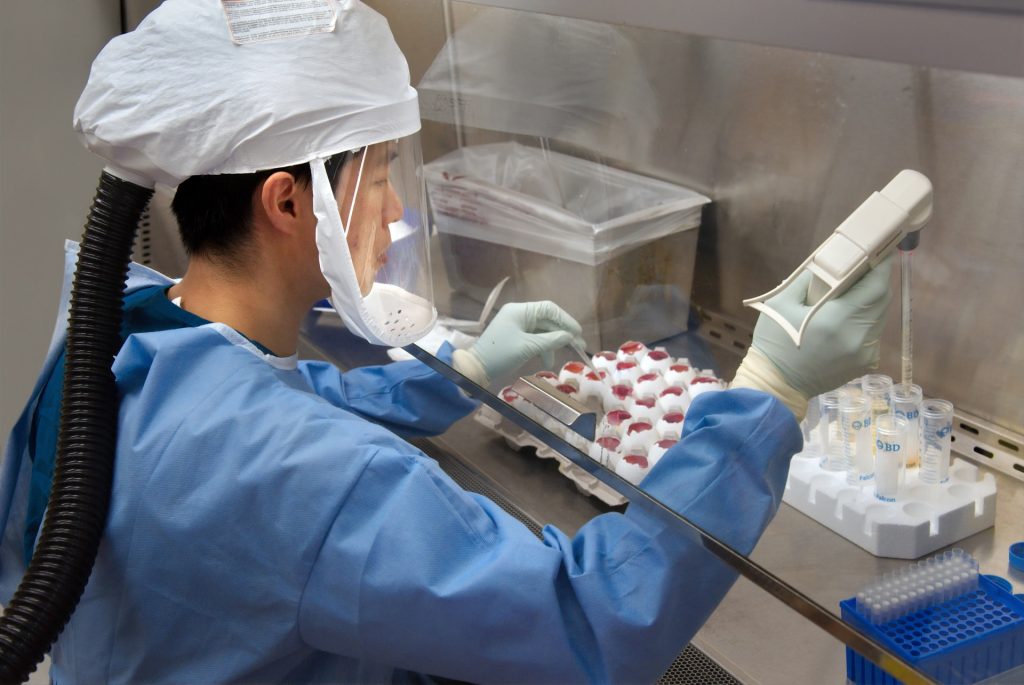The Ebola Relative, Lloviu Virus, Has Pandemic Potential

Researchers have helped isolate the Lloviu virus (LLOV), a close relative of Ebola virus, for the first time, showing that it could cross over into humans, highlighting the need for future research to ensure pandemic preparedness. The study is reported in Nature Communications.
LLOV is part of the filovirus family, which also includes the Ebola virus. While Ebola (and other filoviruses including the lethal Marburg virus) have only occurred naturally in Africa, Lloviu has been discovered in Europe. The filovirus LLOV, was genetically identified in 2002 in Schreiber’s bats in Spain and was subsequently detected in bats in Hungary.
As a zoonotic virus, LLOV is of public health interest to public health around the world due to our close relationship with animals in agriculture, as companions and in the natural environment. Increasing encroachment on the natural environment is creating more opportunities for zoonotic viruses to cross over into humans.
Dr Simon Scott, from the Viral Pseudotye Unit (VPU) at Medway School of Pharmacy were part of a team led by Dr Gábor Kemenesi from Pécs University/National Laboratory of Virology in Hungary. The VPU were involved in conducting all the antibody detection experiments using bat sera as part of the study, even before the virus itself was isolated. This isolation occurred in the Hungarian lab from the very last bat which tested LLOV positive.
The team discovered that Lloviu has the potential to both infect human cells and replicate, raising concerns about potential widespread transmission in Europe and urges immediate pathogenicity and antiviral studies. The VPU work also revealed no antibody cross-reactivity between LLOV and Ebola, suggesting that existing Ebola vaccines might not protect against Lloviu.
Dr Scott said that their research “is a smoking gun. It’s vital that we know both more about the distribution of this virus and that research is done in this area to assess the risks and to ensure we are prepared for potential epidemics and pandemics.”
The research revealed a considerable knowledge gap regarding the pathogenicity, animal hosts, and transmissibility of these newly discovered viruses. Dr Scott created a consortium of European bat virologists, harnessing expertise in the field, from ecology to virology, which is aiming to carry out essential further research across Europe into the risks of the Lloviu virus to humans.
Source: University of Kent



